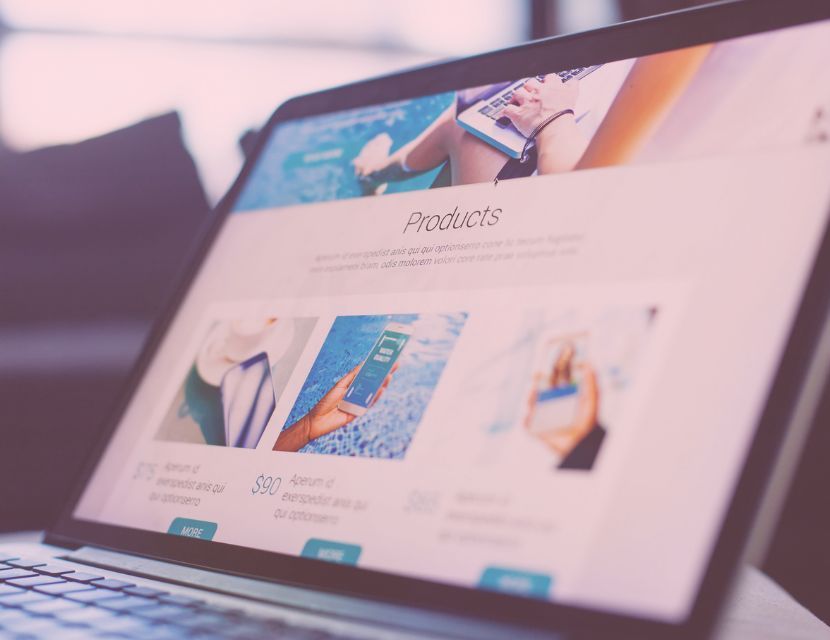How to Know If You’re Ready to Run Facebook/Insta Ads
How to Know If You’re Ready to Run Meta Ads
Meta ads can grow your business fast — but only if you’re actually ready.
Let’s be real — Meta (Facebook and Instagram) ads can be an absolute game-changer for small businesses. But they’re also not magic. Running ads before you’re ready can be a waste of money, time, and headspace.
So how do you know when it’s the right time? Here’s how we help clients figure it out.
1. You Know Your Offer (and Your Audience)
Before you spend a cent, you need clarity on two things:
- Who are you talking to?
- What are you offering them?
If you’re still figuring out your niche or pivoting every few weeks, paid ads will just amplify the confusion. But if you’ve got a clear service or product and a sense of who it’s for — that’s a solid start.
2. Your Website or Landing Page is Solid
Meta ads drive traffic. But if people click through and land on a confusing, slow, or DIY-looking website, they won’t convert.
Ask yourself:
- Is it easy for people to take action?
- Does your site build trust fast?
- Can they find the info they need in seconds?
If not, fix that first. Great ads can’t save a bad site.
Pro tip: Use our [Free Website Health Checklist] to check before you launch.
3. You’ve Got Some Organic Traction
If no one’s biting organically (aka without ads), that’s a red flag.
You don’t need to be viral — but you should know that your offer works, that people are engaging with your content, or that your service solves a real problem.
Ads won’t fix a product-market mismatch. They just put a spotlight on it.
4. You’re Ready to Invest — Not Just “Try It”
Meta ads are a strategy, not a slot machine.
That means:
- You’ve got a monthly budget (even a small one).
- You’re not expecting overnight results.
- You’re ready to test, tweak, and trust the process.
If you’re looking for a quick fix, this probably isn’t it. But if you’re ready to grow intentionally? Now we’re talking.
5. You’ve Got Support (or a Plan)
Ads come with data, decisions, and moving parts. If you don’t have the time (or desire) to manage all that — don’t wing it.
You either need:
- A team like Wink to guide the strategy, or
- Enough headspace to learn, test, and manage it yourself.
Either way, having a clear digital strategy in place will keep your money from going down the drain.




